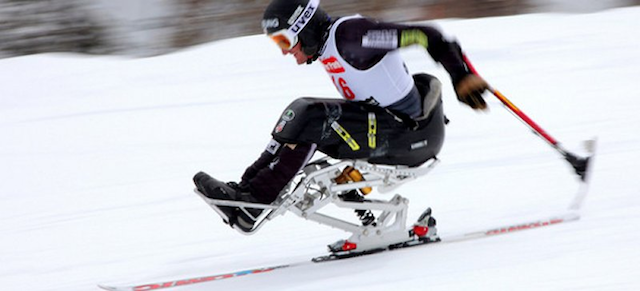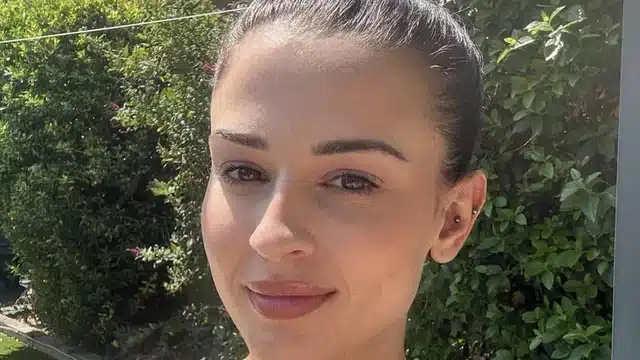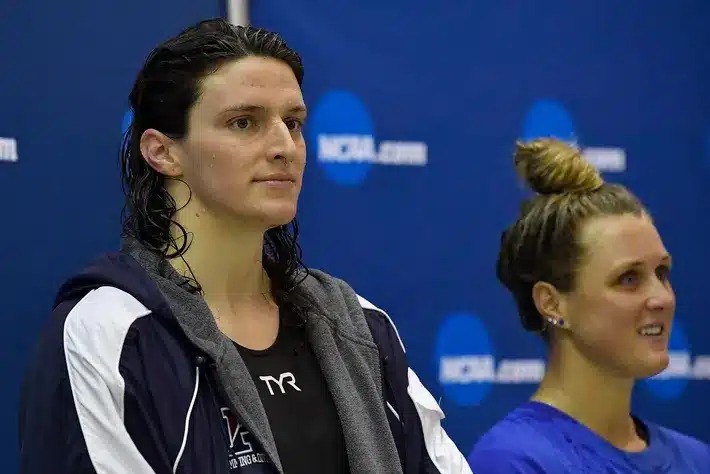Skiing: Oh, So Many Ways!

Thanks to advances in ski equipment recently, there is no reason for those with disabilities to avoid the slopes.
A word to the wise – watch your brakes at all times and don’t ski with anyone who:
a. holds a personal grudge against you.
b. you owe money to.
Considering how dangerous skiing can be for able-bodied individuals, how is it now accessible for the disabled?
– Three-track: Used by people with one stronger leg (amputees, post-polio). It involves one ski and two outriggers: these are crutches extending from the forearm to the ground, attached to ski-tips.
– Four-track: Used by people with a lack of lateral control (cerebral palsy, muscular dystrophy, traumatic injury). A bungee cord or “ski-bra” between two skis stabilises the feet and legs whilst outriggers steady the arms.
– Bi-ski: One of the methods preferred by severely-handicapped wheelchair users and the most stable of all. It’s a rigid seat mounted onto two skis, used with either independent or fixed outriggers, depending on the disability. Used by those with brain injuries or multiple amputations.
– Mono-ski: Another method used by wheelchair users, but one that requires good balance and strength. It involves a seat attached to a single, wide ski and the user of hand-held outriggers. Used often by double amputees but those with good lateral control.
– Sighted Guide: For the visually impaired, it’s possible to use a sighted guide, who skis a few feet in front. For those with the greatest loss of vision, a bluetooth headset is often used to instruct the disabled skier on the way down the piste – please see note above about friends with grudges.
☛ More Skiing: The Gnarliest Skiing Video We’ve Ever Seen















